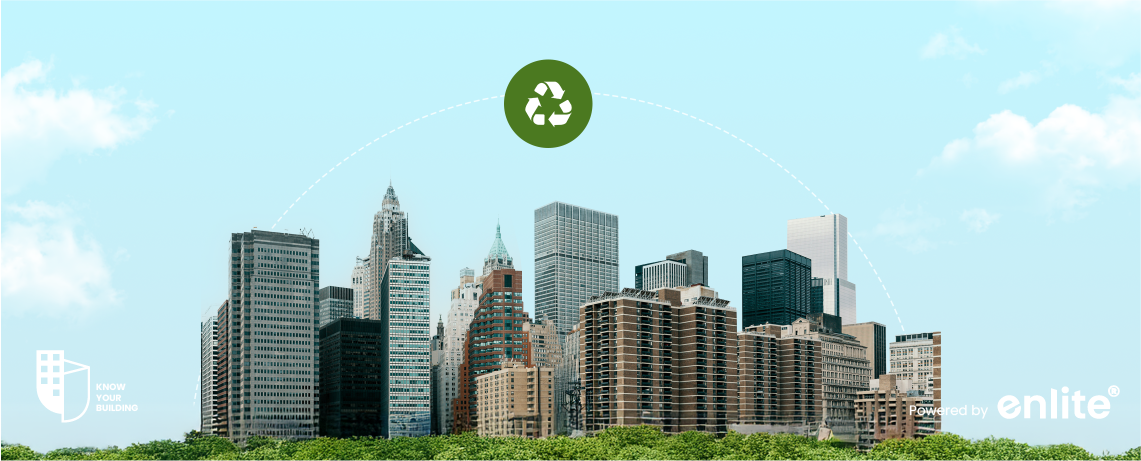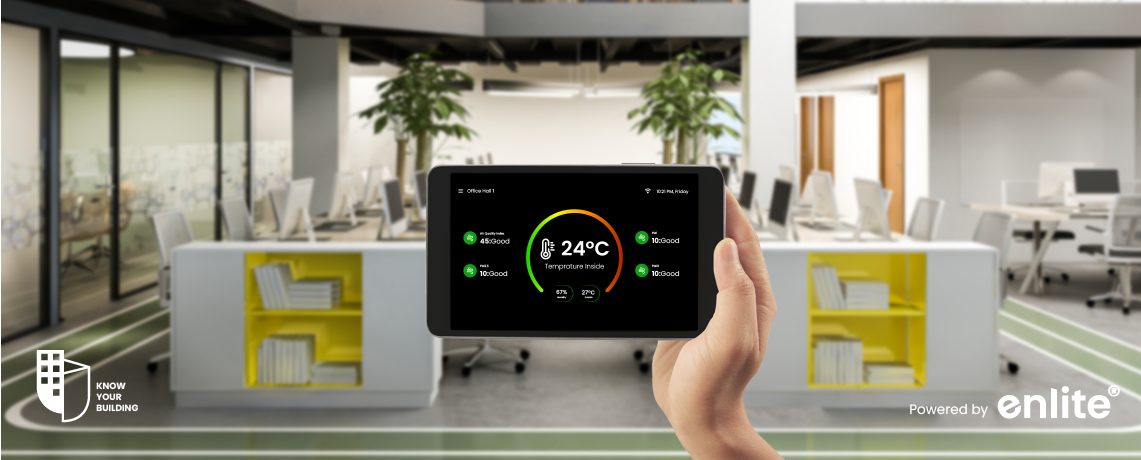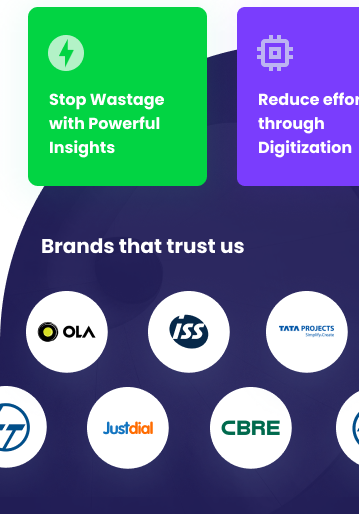The commercial real estate (CRE) industry is undergoing a significant transformation. No longer is sustainability a niche trend; it’s a core business imperative, driven by tenant demand, investor pressure, and the undeniable urgency of climate change. And increasingly, sophisticated Building Management Systems (BMS) are the key to unlocking a building’s true green potential.
This blog post will explore how sustainable practices, powered by intelligent BMS, are reshaping the commercial real estate landscape, creating benefits for owners, tenants, and the planet.
Why Sustainability Matters in CRE
The benefits of sustainable practices in CRE are multifaceted:
- Reduced Operating Costs: Energy efficiency, water conservation, and waste reduction directly translate to lower utility bills and operating expenses.
- Increased Property Value: Green-certified buildings often command higher rental rates and sale prices. Investors increasingly prioritize ESG (Environmental, Social, and Governance) factors.
- Enhanced Tenant Attraction and Retention: Businesses are actively seeking spaces that align with their own sustainability goals and offer a healthier, more productive environment for employees.
- Improved Regulatory Compliance: Building codes and regulations are increasingly stringent, requiring higher levels of energy efficiency and environmental performance.
- Positive Brand Image: Demonstrating a commitment to sustainability enhances a company’s reputation and attracts socially conscious tenants and investors.
- Future-Proofing: Buildings designed with sustainability and resilience in mind are better prepared for future challenges, such as climate change impacts and evolving regulations.
Key Sustainable Practices in CRE
Here are some of the most impactful sustainable practices being implemented in commercial real estate:
Energy Efficiency
This is the cornerstone of green building. It involves:
- High-Performance HVAC Systems: Utilizing energy-efficient heating, ventilation, and air conditioning systems.
- LED Lighting and Smart Lighting Controls: Replacing traditional lighting with LEDs and incorporating occupancy sensors and daylight harvesting.
- Building Envelope Optimization: Improving insulation, windows, and roofing to minimize heat loss and gain.
- Renewable Energy Integration: Installing solar panels, wind turbines, or geothermal systems to generate on-site renewable energy.
Water Conservation
Reducing water consumption through:
- Low-Flow Fixtures: Installing water-efficient toilets, faucets, and showerheads.
- Water Recycling and Rainwater Harvesting: Collecting and reusing greywater or rainwater for non-potable purposes like irrigation and toilet flushing.
- Drought-Tolerant Landscaping: Using native plants and efficient irrigation systems.
Waste Management
Minimizing waste generation and maximizing recycling:
- Comprehensive Recycling Programs: Providing easy-to-use recycling bins and educating tenants.
- Composting Programs: Composting food waste and organic materials.
- Construction Waste Recycling: Diverting construction and demolition debris from landfills.
Indoor Environmental Quality (IEQ)
Creating a healthy and comfortable indoor environment:
- Optimal Ventilation: Ensuring proper air circulation and filtration to remove pollutants.
- Daylighting and Views: Maximizing natural light and providing access to outdoor views.
- Use of Low-VOC Materials: Selecting paints, adhesives, and other materials with low volatile organic compound emissions.
- Thermal Comfort: Maintaining comfortable temperature and humidity levels.
Smart Building Solutions
- IoT Sensors: Sensors detect occupancy, light levels, temperature, and air quality, feeding data to the BMS.
- Predictive Maintenance: BMS uses data analytics to predict equipment failures and schedule maintenance proactively, minimizing downtime and extending equipment lifespan.
- Demand Response: BMS can automatically adjust energy consumption during peak demand periods, reducing strain on the grid and potentially lowering energy costs.
- Occupant Engagement: Mobile apps and dashboards connected to the BMS can provide occupants with real-time information about building performance and empower them to make sustainable choices.
The Role of Building Management Systems (BMS)
A robust BMS is the central nervous system of a sustainable commercial building. It acts as the intelligent hub that monitors, controls, and optimizes various building systems. Here’s how a BMS supports sustainable practices:
- Real-time Monitoring and Control: A BMS provides continuous monitoring of energy consumption, water usage, indoor air quality, and other key parameters. It allows for precise control of HVAC systems, lighting, and other equipment to optimize performance and minimize waste.
- Automated Optimization: BMS uses algorithms and pre-programmed schedules to automatically adjust building systems based on occupancy, time of day, weather conditions, and other factors. This ensures optimal energy efficiency and resource utilization without manual intervention.
- Data Analytics and Reporting: A BMS collects and analyzes vast amounts of data, providing valuable insights into building performance. This data can be used to identify areas for improvement, track progress towards sustainability goals, and generate reports for stakeholders.
- Fault Detection and Diagnostics: A BMS can detect equipment malfunctions and inefficiencies, allowing for prompt maintenance and preventing costly repairs.
- Integration with Other Systems: A BMS can integrate with other building systems, such as security systems, fire alarms, and renewable energy systems, to provide a holistic view of building operations.
- Remote Monitoring and Control: Allows building managers to adjust systems remotely for better efficiency and responsiveness.
The Future of Sustainable CRE and BMS
The future of sustainable CRE is intertwined with the continued advancement of BMS technology. We can expect to see:
- Increased Use of Artificial Intelligence (AI) and Machine Learning (ML): AI and ML will enable BMS to learn from building data, predict future needs, and optimize performance with even greater precision.
- Integration with Smart Grids: BMS will play a crucial role in integrating buildings with smart grids, enabling them to participate in demand response programs and contribute to grid stability.
- Greater Focus on Building Resilience: BMS will be essential for creating buildings that can withstand the impacts of climate change, such as extreme weather events.
- Expansion of Building Performance Data Sharing: Open data platforms and industry benchmarks will help drive continuous improvement and transparency in building sustainability.
Moving Forward
Sustainable practices are no longer optional in commercial real estate; they are essential for long-term success. By embracing these practices and leveraging the power of intelligent Building Management Systems, CRE owners and operators can create buildings that are not only environmentally responsible but also financially viable, attractive to tenants, and contribute to a healthier, more sustainable future. The integration of BMS is not just a technological upgrade; it’s a strategic investment in a greener, more profitable future for the CRE industry.














